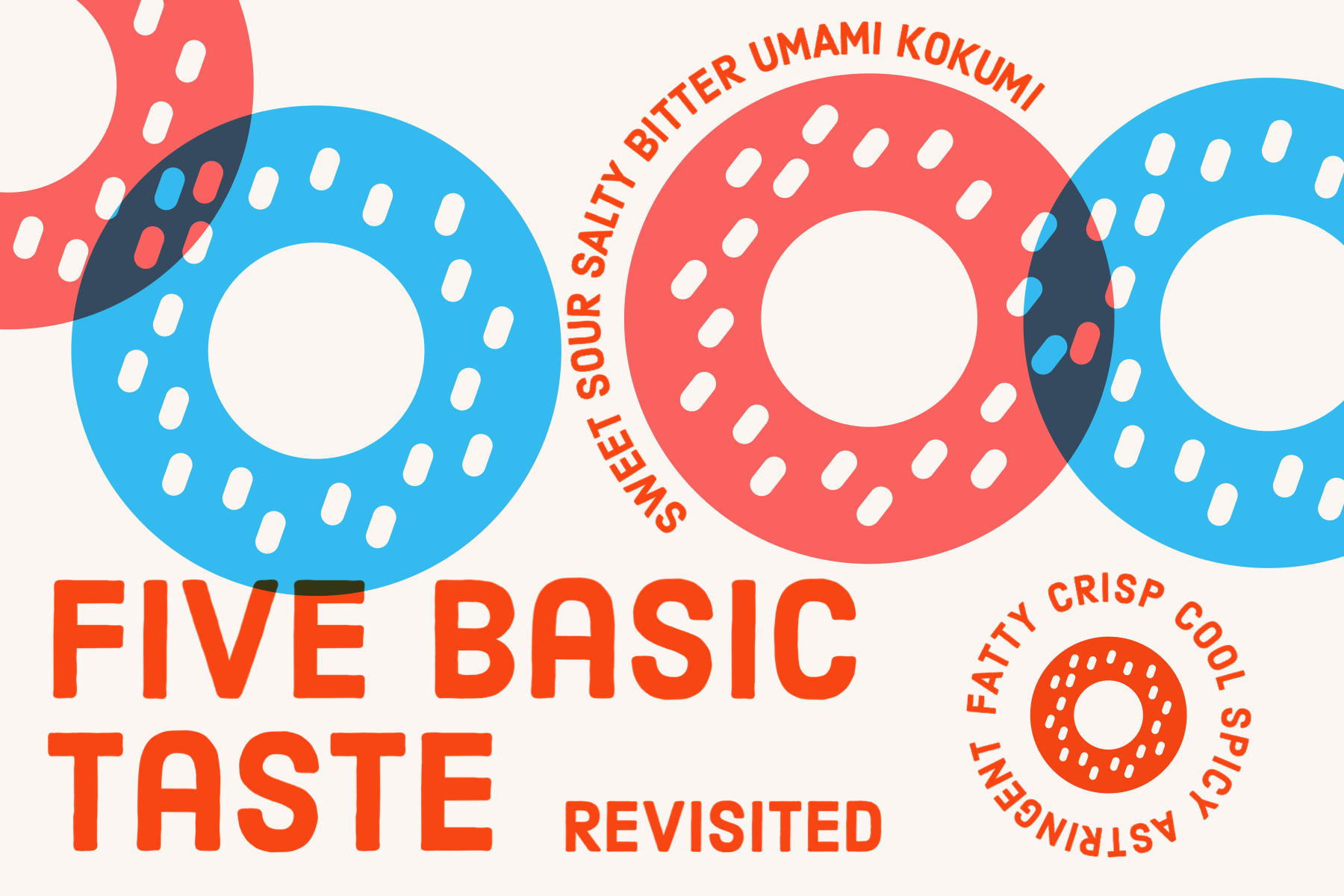
While most of us are familiar with the five basic tastes—sweet, sour, bitter, salty, and umami—recent discussions have surfaced regarding the possibility of additional tastes, such as Kokumi.
In this blog post, we'll delve into the world of taste sensations, examine the five basic tastes, and explore the intriguing concept of Kokumi.
The Five Basic Tastes:
Sweet:
The taste of sweetness is associated with the presence of sugars, such as glucose and fructose. Sweet foods are often linked to pleasure and satisfaction due to their association with high-calorie content.
Sour:
Sourness is attributed to the presence of acids, like citric acid and acetic acid. Sour foods can offer a refreshing and stimulating experience, although excessive acidity may result in an unpleasant taste.
Bitter:
Bitterness is associated with the presence of alkaloids, including caffeine and quinine. Bitter foods are often perceived as unpleasant or even potentially poisonous due to our sensitivity to bitterness.
Salty:
Saltiness is linked to the presence of sodium chloride. Salty foods are considered savoury and can enhance the overall flavour of a dish.
Umami: The taste of umami is associated with glutamates and nucleotides. Umami is often described as a savoury or meaty taste and can be found in foods like tomatoes, mushrooms, and cheese.
Introducing Kokumi:
While the concept of the five basic tastes has been accepted quite a while, there is an ongoing scientific debate about the existence of additional basic tastes.
One intriguing contender is Kokumi, often described as a "rich" or "full-bodied" taste. Kokumi is associated with the presence of long-chain fatty acids and is found in foods like Parmesan cheese, soybeans, and aged meats.
It is believed to enhance and intensify other flavours, contributing to a more satisfying taste experience.
Beyond the Basics:
In addition to the five basic tastes, there have been proposals for other sensations to be considered as potential basic tastes, including fatty, crisp, cool, spicy, and astringent.
However, scientific evidence supporting their status as basic tastes remains limited.
Conclusion:
Our sense of taste is a complex interplay of sensations that goes beyond the simple distinction between sweet, sour, bitter, salty, and umami.
While the existence of additional basic tastes such as Kokumi continues to be debated, the five basic tastes provide a solid foundation for understanding how we perceive flavour and enjoy our culinary experiences.
As our understanding of taste continues to evolve, the exploration of new tastes and sensations will undoubtedly enhance our appreciation of the world of flavours that surrounds us.
